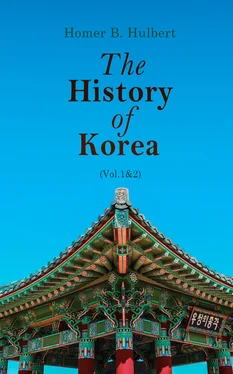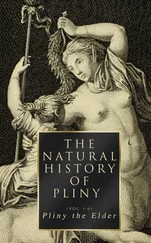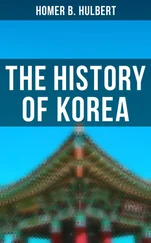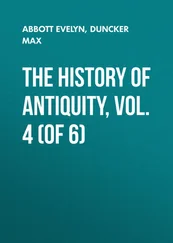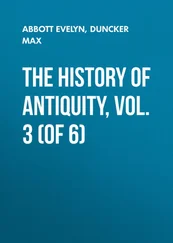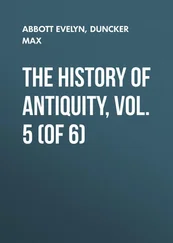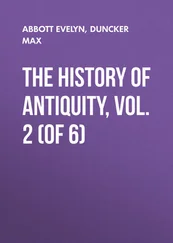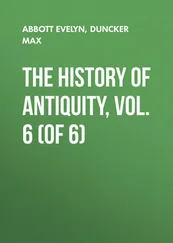Now that the fortunes of Koryŭ were manifestly in the ascendant, many people in the north sent and swore allegiance to her, thus following the example of a certain Kitan envoy who at this time transferred his citizenship voluntarily from Kitan to Koryŭ.
The King died and his son Heum, posthumous title Tŭk-jong, came to the throne in 1032. He married his own sister. All friendly relations with Kitan were broken off, because the bridge across the Yalu was not destroyed. It did not seem a friendly act to leave this standing menace to the peace of Koryŭ. In view of this the King ordered a wall to be built across the entire peninsula from the Yalu River to the Japan Sea. It was nearly a thousand li long. This would seem almost incredible were it not that the facts are given in such detail. The wall was twenty-five cha high and the same in breadth and stretched from Ko-gung-nă Fortress, near Eui-ju on the Yalu, to Yöng-heung near the Japan Sea. The Kitan people tried to hinder this work but without avail. This period marks the acme of Koryŭ’s power and wealth. She had reached her zenith within a century and a quarter of her birth and now for three centuries she was destined to decline.
The younger brother, Hyöng, of this King Tŭk-jong, succeeded him in 1035, after a short reign of three years. He continued the work of making impregnable the defenses of the north. He built a wall from Song-ryŭng Pass in the west to the borders of the Yŭ-jin tribe in the north-east. He also built a Fortress Chă-jŭn, now Ch‘ang-sŭng. His reign beheld the riveting of Buddhistic chains upon the kingdom. Those who could read the signs of the times surmised this when, in 1036, the King decreed that, if a man had four sons, one of them must become a monk. Because of the Buddhistic canon against the spilling of blood the death penalty was commuted to banishment. Another Buddhistic anniversary was instituted. The King also inaugurated the custom of having boys go about the streets bearing Buddhistic books upon their backs from which the monks read aloud as they passed along. This was for the purpose of securing blessings for the people.
In order to counteract the tendency toward luxury, the King forbade the use of silk and gold and went so far as to burn up the whole stock of silk held by the merchants. He made a new law of primogeniture. The first son is to succeed. If he dies, the son of the first son succeedssucceeds. If there is no grandson the second son succeeds. If there is no son by the wife the son by a concubine succeeds. If there is none then a daughter succeeds. The Yŭ-jin tribe came with rich gifts and promised faithfully to refrain from raiding the frontier again. In 1047 the King was succeeded by his younger brother, Whi, posthumous title Mun-jong, who was destined to sit upon the throne for thirty-seven years. After announcing to his suzerain his accession, he followed the custom of his house and married his sister.
This monarch at first showed a blending of Buddhistic and Confucian influences, for the annals state that in his second year he fed ten thousand monks in the palace and gave them lodging there, and that shortly after this he built a Temple to Heaven before the palace. The Yŭ-jin tribe broke their promise and made a descent upon the border fortresses but were driven back; and not only so, but the Koryŭ forces followed them to their haunts and burned their villages to the ground.
In 1053 the system of taxation was overhauled and a new schedule of weights was made. The King sent a letter to Kitan complaining that the bridge across the Yalu still stood, that a wall had been built to secure it and that a horse relay system had been established, with this bridge as one of its termini. It seemed, in the words of the letter, that “Kitan was the silk-worm and Koryŭ was the mulberry leaf.” The King was anxious to attempt an embassy to China and for that purpose suggested that a boat be built on the island of Quelpart but the officials dissuaded him from the attempt.
The year 1056 was signalised by the arrival of an envoy from Japan. It is probable that the strong Buddhistic tendency which had developed in Japan had tempted the Japanese to send and secure further instruction in that cult and to secure relics and paraphernalia. The envoy may have asked that Buddhist teachers be sent, but the records say nothing to this effect.
Buddhism was making steady advances. A large quantity of metal intended for the manufacture of arms was taken by order of the King and made into nails for use in building monasteries. He took away houses from many wealthy people, among them some of his own relatives, and gave them to the monks. The law requiring that of four sons one must become a monk was now revised so as to read that one of every three should don the cowl. Nearly every house furnished its monk. The King said “From the very first our Kings have encouraged Buddhism and each generation has paid attention to the building of monasteries. By so doing many blessings have been received. Now that I have become King I find that many evils are oppressing the state because of the neglect of the important precept. I will now mend this breach in our conduct and restore to the country her former prosperity.” So he built monasteries in various places. The officials all used their influence against this but the monks carried the day. A Buddhist book called Tal-jang-gyŭng was sent by Kitan as a gift to Koryŭ.
This period was not without some hopeful signs. A law was passed that no man should be punished before being tried before three judges. The government built a fleet of a hundred and six sailing vessels to carry the government rice from one port to another. The boats made six trips a year.
But the advances, or rather retrogressions, in a Buddhistic line were still more marked. In 1065 the King’s son Ku cut his hair and became a monk. A law was promulgated that no beast should be killed in the land for three years. A monastery was being built in Song-do containing 2,800 kan , each kan being eight feet square. It took twelve years to complete it. When it became ready for occupancy there was a magnificent festival at which all monks within a radius of many miles were present. The feasting lasted five days. There was an awning of silk, covering a passage-way from the palace to this monastery. Mountains and trees were represented by lanterns massed together. The King dressed in the robes of a high priest. In this monastery was a pagoda on which 140 pounds of gold and 427 pounds of silver were lavished.
Table of Contents
Revenue … mathematics … the bridge removed … friends with China again. … Confucianism wanes. … Buddhist book from Japan … frontier defence … prophecy. … Han-yang made a secondary capital … new laws … cash counterfeited. … Yŭ-jin taken … botany … beginnings of the Kin power … between Kitan and Kin … kingdom of Wŭn. … China allies herself with Kitan. … Kin seeks the good will of Koryŭ … dancing-girls and Buddhism. … Kin demands Koryŭ alliance … refused … defense of the north … an ambitious official. … Kitan falls. … Sung dynasty falls … harbor improvement. … Buddhist trickery … rebellion quelled … historical work, Sam-guk-sa … an abject king. … Kin immigrants … a good governor for Quelpart … military faction dominant … criminals, houses destroyed … king banished … a plot foiled … the emperor suspicious … military and monastic factions … attempted revolution … monastic revolt.
It is evident that population and revenue are proportionate. Not often is the question of population touched upon in the Korean annals but some light is thrown upon it by the statement that at this time the revenue from the north, from the most distant places only, was 49,000 bags of rice. From this we must infer that the north was fairly well populated.
Читать дальше
